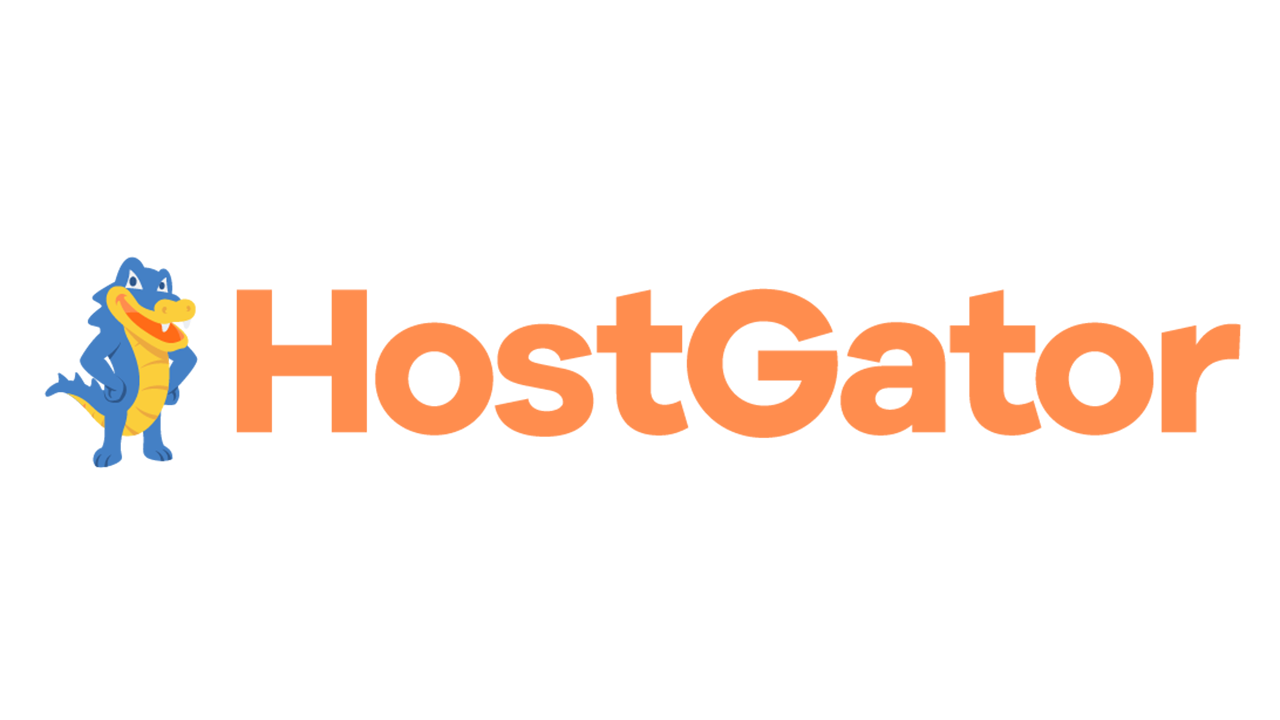Transforming one-off services into proper products that you can brand, market and sell to clients can transform your business.
That makes it sound simple, but the reality is quite different. The whole process can be convoluted if you are not well prepared for what lies ahead.
To assist you in your endeavors to productize key services, here are some pieces of advice to follow and examples to learn from as you move forward.
$10K Verizon Grants and Other Free Benefits for Entrepreneurs
Unpacking the Basics of Service Productization
The journey towards service productization begins with understanding its fundamentals. At heart, it’s about transforming services into standardized products that can be sold at a fixed price.
You want to communicate the value in an easily digestible manner so customers know exactly what they’re paying for.
This process boils down your deliverables into packageable and replicable offerings, thus streamlining and often automating portions of your delivery process.
The beauty is that once you’ve figured out how these ‘products’ work best for both you and your clientele, you can refine or replicate them as needed without reinventing the wheel each time.
Consider this a pivot from custom solutions towards more scalable ones that resonate with broader audiences while still adding considerable value.
Case Study: Web Design Agencies and Hosting Services
Let’s exemplify service productization with the way it can play out for web design agencies. Traditionally, their primary role is designing and building websites. But the opportunity to generate recurring revenue from one-time clients through bundling web hosting with this service quickly became standard practice.
While it might seem far removed from their core competency, it’s an ingenious move considering the complementary nature of these services. Once a client’s website design is finished, offering them hosting service as well makes perfect sense.
A ton of website hosting options, 99.9% uptime guarantee, free SSL certificate, easy WordPress installs, and a free domain for a year.
Starting at $3.75 / Month
Agencies in this sphere can even make use of hosting reselling packages from larger providers, adding their own branding as part of their service productization efforts. This allows them not only to sell necessary services but also extend their brand value in doing so.
Over time, many web design agencies have successfully turned this additional component into a standardized product offering that brings in steady income long after the initial project concludes. And it’s every bit as valuable for clients who prefer simplicity and bundled offerings over dealing separately with multiple vendors.
The Importance of Market Research in Service Productization
Market research should be the cornerstone of any service productization plans. A superior product is attuned to its prospects’ needs and pain points, after all.
To do this:
- Identify the target audience for your services-turned-products. Work out who they are and what problems they face.
- Gauge their willingness to buy a productized solution from you. Ascertain if they would see value in it.
- Work out a pricing strategy that covers the price points this demographic will comfortably accept for those products. You’ll need to walk a tightrope between undervaluing your work and overcharging for it, in order to be reasonable about affordability. We’ll cover this in more detail later, so keep reading.
- Understand their consumption patterns so you can tailor offerings accordingly.
Effective market research provides invaluable insights into these aspects and more, with relevance to prospective customers, empowering strategic decisions based on their expectations.
Drupal is the open-source platform of choice for media and publishing.
Create engaging multi-channel experiences to connect with your audiences - everywhere.
Packaging Your Services: Creating Tangible Products
An essential part of service productization is transforming your intangible services into perceived ‘tangible’ products. Here’s how you can effectively package your services:
- Decide on different tiers of packages depending on the level and scope of the service provided. Ensure that these are scalable and customizable to varying degrees.
- Each package should offer clarity about what it includes so as to eliminate any uncertainties for the customer.
- Highlight key benefits and outcomes a client can expect from each package, rather than just listing out features. This will help invoke an emotional connection with prospective customers since they’re buying solutions, not uninspiring services.
Packaging plays a significant role in selling because it allows clients to get a clear sense of what they are purchasing, even though it may originally be an abstract concept or process, so don’t overlook this facet.
Setting Competitive Yet Profitable Price Points
As mentioned earlier, pricing your service as a product should strike a balance between competitiveness and profitability, and it involves effective market positioning. Here are some things to consider:
- Determine the value you’re expected to provide. Imagining yourself in your clients’ shoes may give better insight into the perceived worth of a service, weighed against potential costs. This should go hand in hand with assessing your business’ value proposition more generally.
- Research what competitors charge for similar services. This helps you understand where you sit within the market range, and how pricing decisions might influence your appeal in contrast to your rivals.
- Add margins sensibly. It’s crucial not to underestimate expenses in bringing your ‘product’ into being while ensuring its upkeep, improvement or scalability over time.
In setting price points, keep them affordable enough to attract customers yet high enough to cover costs comfortably, while also establishing reasonable profit margins.
Nurturing Customer Relationships Post-Productization
Service productization doesn’t negate the importance of robust customer relationship management post-sale. Here’s how to keep up:
- Be proactive and strategic in contacting clients. Send periodic newsletters, offer service usage tips and cover the latest updates in your industry.
- Request feedback and act on it. Get to grips with the positive aspects of what you offer, as well as the areas that need improvement from users’ perspectives.
- Upsell your services strategically. Recommending upper-tier packages isn’t a pushy sales strategy if it’s targeted at people who are already invested in your ecosystem, and in fact can add value to the relationship if the timing is right and the offer is relevant.
Unlike physical products which are sold once, service-products, though standardized, still render the ongoing benefits, and can keep customers coming back for more if you’re on the ball regarding relationship management.
The Bottom Line
There is no question that service productization presents challenges to encompass, but with the right approach and the outlined strategies, it opens up a world of possibilities for business growth.
Most importantly, successful productization warrants a customer-centric mindset. As long as this is prioritized in your planning and implementation, success should follow.
Photo courtesy of Pexels








